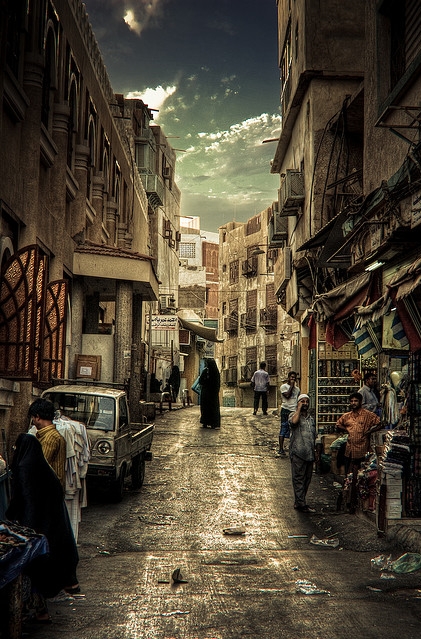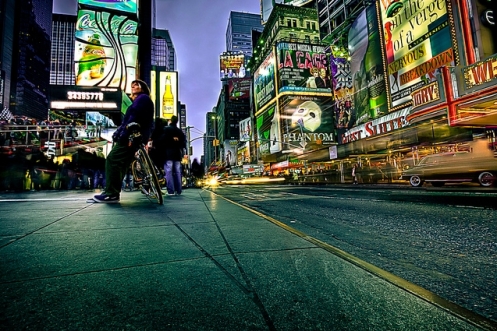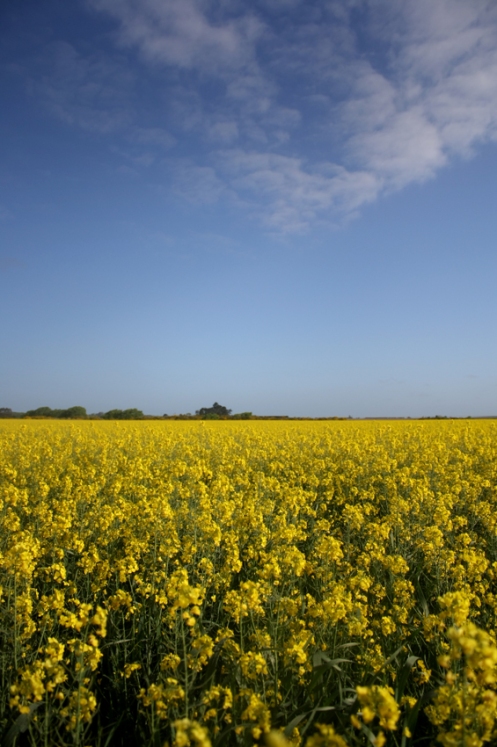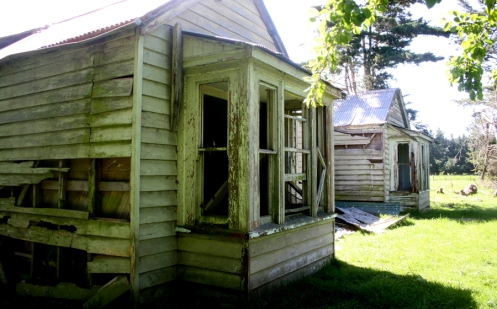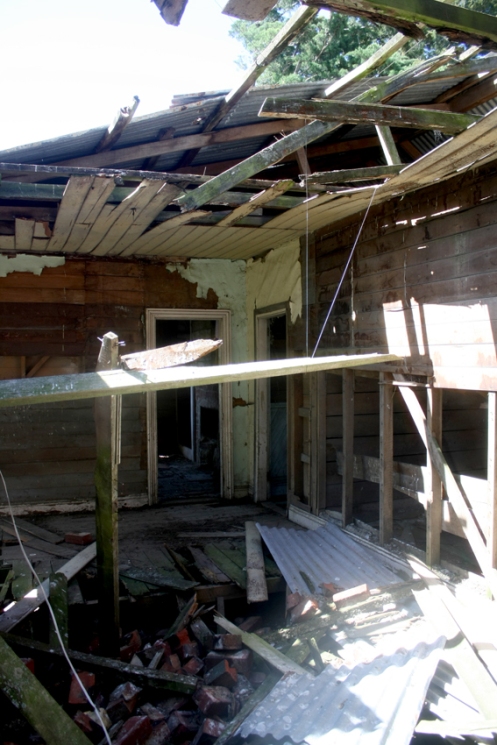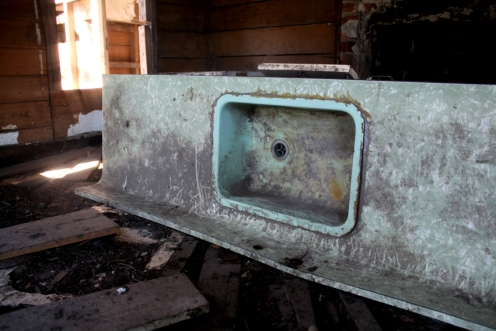After running two projects alongside each other, i’m come to a final conclusion about how and what I want to shoot for my final exhibition piece. I’m still working with the night, and the light sources that it brings (Street lamps, floodlights, spotlights, traffic lights, and security lights) and how these light sources illuminate an object in an eerie, surreal way.
My passion for the derelict is still going strong, and recently my hunt for abandoned, run down buildings has come to a halt because i’m starting to look at the isolated, and the temporary. Permanent structures created for a moment in time, a coming and going.. if you will..The places we temporarily seek shelter in between the final destination.
Whilst in christchurch, helping a fellow classmate out with her photographs, I noticed how illuminated and welcoming their bus stops are, compared to the wooden, graffiti covered shelter boxes we have in our home town, Dunedin.
Our bus stops are quite the opposite, and instantly I was fascinated. Driving around Christchurch I took as many as I could find! (probably a small percentage! it’s a big city)

Looking back through all the images, the last bus stop on this grid (with the stripes, green bushes in the background) really caught my attention, the welcoming, safe looking lights, coupled with one single seat, pushed to the left just defined exactly what I’d been trying to capture..Eerie, yet welcoming..Illuminated yet unclear. Such contradiction, yet you still sit in one of these, paused. Coming and waiting for the next moment.

In photographing this bus stop, i’m creating a moment. As with all photography, you’re capturing a split second or seconds of something we can never control..Waiting for a bus is a simple, everyday thing that we don’t really take notice of. I guess in a way, with this image, i’m highlighting a “Pause”.
Posted in Colour, Digital, Photography, Research
Tags: Assessment, Bus Stops, Eerie, Final Images, Illuminated, Light, MAXO, Night, Photography, Safe, Street, Welcoming






